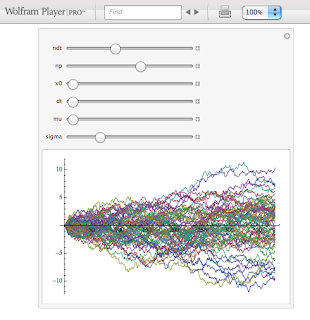
They fuse art and history because the enigma of their stories is no less elegant than their art. These abiding footprints of imagination possess striking visual power that survived their creators. There is a tremendous body of work, celebrated or little known, that has accumulated through the ages in libraries, antique book shops, private collections, ruins, burial sites, forgotten attics. And we still keep doodling on napkins, sand, and touch screens-solidifying ideas. The oldest things we can find, like cave paintings, are dated to 40,000 years ago. People have been expressing things visually since immemorial times. Vitruvian Man, Leonardo da Vinci, circa 1490 Wouldn’t you be curious what was going on at that moment in time, what got frozen in this piece of craft in front of you? A first act when an idea, something very subjective, evasive, living solely inside one’s mind, materializes as a solid reality, now perceivable by another human being. I think it was then that it started to dawn on me what special value a first sketch has. But perception of time transforms when you stare at 500-year-old craft. My obsession with diagrams and simple line drawings began almost unnoticeably in the winter of 2003 in New York City after attending an exhibition at The Metropolitan Museum of Art: “the first comprehensive survey of Leonardo da Vinci’s drawings ever presented in America.” You may think it’d be a drag-crowds marching very slowly in a single long line coiling through the exhibition hallways. I may have oversimplified things here for the sake of a rhyme, but if you bear with my lengthy prelude, we may just see a simple case of turning passion into software. Goals: To empower teachers with ideas and tools to enrich the classroom experience and engage learners.Ĭurrent projects: flipping the math classroom, embracing the tools we use in the world around us and implementing them in the classroom.What does programming have to do with a passion for the arts and history? Well, if you turn education into a game and add a bit of coding, then you can easily end up in the realm of a modern paradigm called, fancily, “gamification.” Though gamification is a very wide concept based on game use in non-game contexts (design, security, marketing, even protein folding, you name it), at heart it is very simple: play, have fun, and get things done.

I am: a HS math teacher lover of technology addicted to learning passionate about making learning feel like play.


 0 kommentar(er)
0 kommentar(er)
